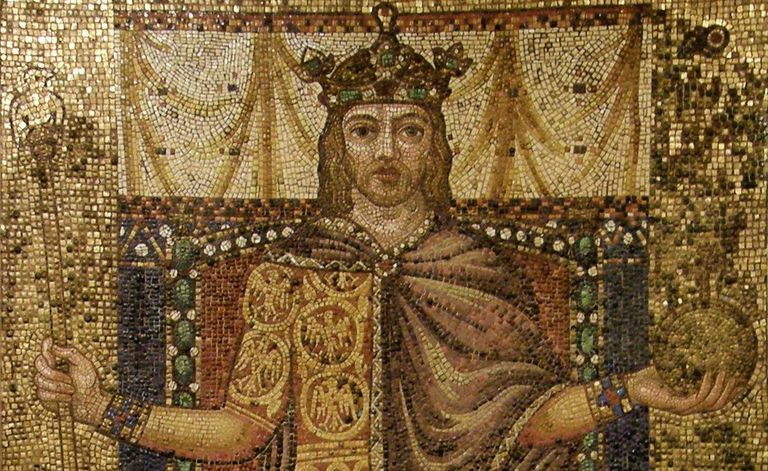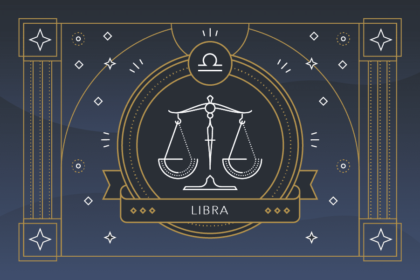Otto I was a German king from 936 and Holy Roman Emperor from 962 until his death in 973. He was the oldest son of Henry I the Fowler and Matilda. He inherited the Duchy of Saxony and the kingship of the Germans upon his father’s death in 936. Take a look below for 30 more interesting and fascinating facts about Otto I.
1. Otto continued his father’s work of unifying all German tribes into a single kingdom and greatly expanded the king’s powers at the expense of the aristocracy.
2. Through strategic marriages and personal appointments, Otto installed members of his family in the kingdom’s most important duchies.
3. Otto transformed the Roman Catholic Church in Germany to strengthen royal authority and subjected its clergy to his personal control.
4. After putting down a brief civil war among the rebellious duchies, Otto defeated the Magyars at the Battle of Lechfeld in 955, thus ending the Hungarian invasions of Western Europe.
5. The victory against the pagan Magyars earned Otto a reputation as a savior of Christendom and secured his hold over the kingdom.
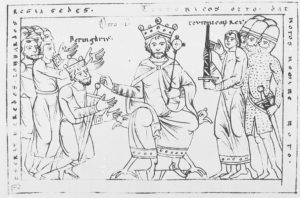
6. By 961, Otto had conquered the Kingdom of Italy.
7. The patronage of Otto and his immediate successors facilitated a so-called “Ottonian Renaissance” of arts and architecture.
8. Following the example of Charlemagne‘s coronation as “Emperor of the Romans” in 800, Otto was crowned Holy Roman Emperor in 962 by Pope John XII in Rome.
9. Otto’s later years were marked by conflicts with the papacy and struggles to stabilize his rule over Italy.
10. Reigning from Rome, Otto sought to improve relations with the Byzantine Empire, which opposed his claim to emperorship and his realm’s further expansion to the south.

11. To resolve this conflict, the Byzantine princess Theophanu married his son Otto II in April 972.
12. Otto first gained experience as a military commander when the German kingdom fought against Wendish tribes on its eastern border.
13. While campaigning against the Wends in 929, Otto’s illegitimate son William, the future Archbishop of Mainz, was born to a captive Wendish noblewoman.
14. At the age of almost 24, Otto assumed his father’s position as Duke of Saxony and King of Germany.
15. His coronation was held on August 7, 936, in Charlemagne’s former capital of Aachen, where Otto was anointed and crowned by Hildebert, the Archbishop of Mains.
16. Though he was a Saxon by birth, Otto appeared at the coronation in Frankish dress in an attempt to demonstrate his sovereignty over the Duchy of Lotharingia and his role as true successor to Charlemagne, whose last heirs in East Francia had died out in 911.
17. According to Widukind of Corvey, Otto had the four other dukes of the kingdom, from the duchies of Franconia, Swabia, Bavaria and Lorraine, act as his personal attendants at the coronation banquet.
18. Otto faced internal opposition from various local aristocrats during his reign.
19. In 936, Otto appointed Hermann Billung as Margrave, granting him authority over a march north of the Elbe River between the Limes Saxoniae and Peene Rivers.
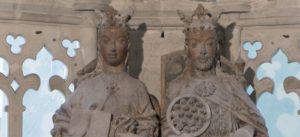
20. In 937, Otto further offended the nobility through his appointment of Gero to succeed his older brother Siegfried as Count and Margrave of a vast border region around Merseburg that abutted the Wends on the lower Saale.
21. Beginning in the late 940s, Otto changed his internal policy and began to use the Catholic Church as a tool of his dominance.
22. He increasingly associated himself with the Church and his “divine right” to rule the kingdom, viewing himself as the protector of the Church.
23. Otto controlled the various bishops and abbots by investing in them with the symbols of their offices, both spiritual and secular, so the clerics were appointed as his vassals through a commendation ceremony.
24. Otto granted the various bishops and abbots of the kingdom the rank of count as well as the legal rights of counts within their territory.
25. Because Otto personally appointed all bishops and abbots, these reforms strengthened his central authority, and the upper ranks of the German Church functioned in some respect as an arm of the royal bureaucracy.
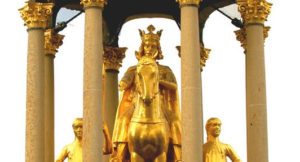
26. Celebrating Easter with a great assembly in Quedlinburg, Emperor Otto was the most powerful man in Europe.
27. The transition of power to is 17 year old son Otto II was seamless. On May 8, 973, the lords of the Empire confirmed Otto II as their new ruler.
28. Although never Emperor, Otto’s father Henry I the Fowler is considered the founder of the Ottonian dynasty.
29. Otto had two wives and at least seven children, one of which was illegitimate.
30. A limited renaissance of the arts and architecture in the second half of the 10th century depended on the court patronage of Otto and his immediate successors.

